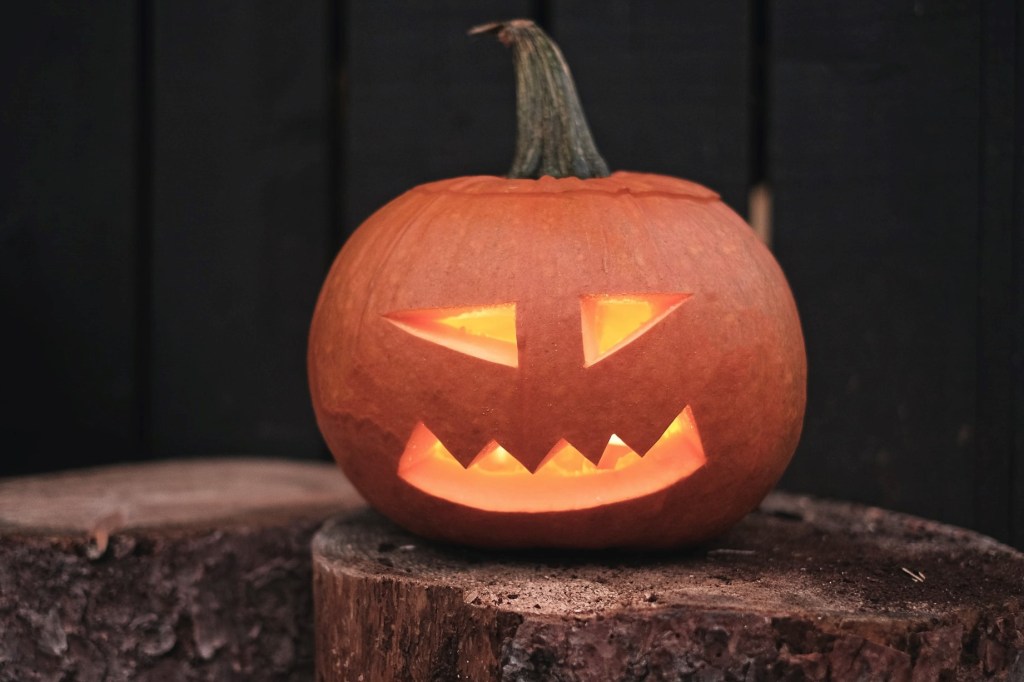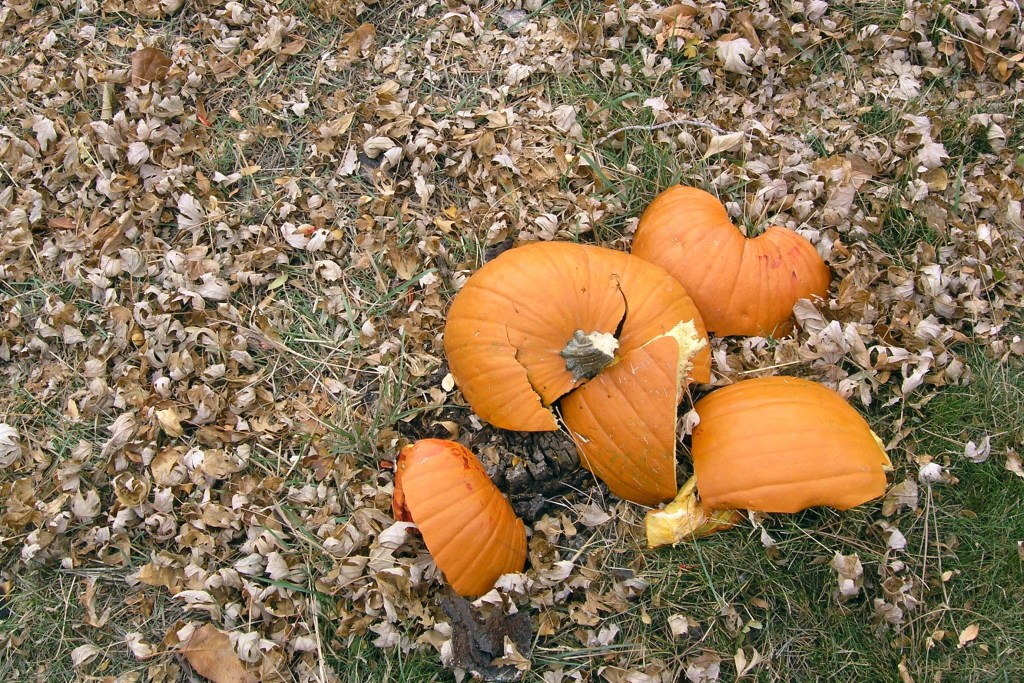Jack-o-lanterns and other types of decorative pumpkins are a fun part of the season, but what do you do with them when the season ends, or when they start to look less than fresh? In some areas, you can set discarded pumpkins with your yard waste for the city to collect, but if you’re looking for a more eco-friendly option then why not compost them? We’ll walk you through the dos and don’ts of composting your jack-o-lanterns, to help you get started.
What do pumpkins add to compost?
Pumpkins are a great source of nitrogen and moisture for your compost bin. Pumpkins are also chock full of vitamins, which are great for people and plants. However, an important thing to keep in mind is that pumpkins that have been used for jack-o-lanterns also have the potential to add candle wax, glitter, paint, or other decorative elements that you don’t want in your compost.
If you plan on composting your pumpkin, you can save yourself some time and effort before you even begin carving by only using biodegradable decorations on your jack-o-lantern. Don’t worry if you’ve already used non-compostable decorations, though. You can still compost your pumpkin if you scrape or carve off the areas that have the paint, glitter, or other substance on them!

Is every part of the pumpkin compostable?
Yes, you can compost your entire pumpkin! The skin, meat, stem, guts, and even seeds are compostable. However, pumpkin seeds are quite hardy and will overwinter in your compost pile. If you leave the seeds in, you’re likely to find a few pumpkin plants in your garden next year when you use your compost. If you plan on regrowing pumpkins in the coming season, then this can actually be a benefit.
You can remove all the seeds from your pumpkin (which you may have already done, if you’re composting a jack-o-lantern!) and toss them, but there are other ways you can use the seeds. Pumpkin seeds are edible, and roasted seeds are a popular fall snack. You can also compost the seeds after boiling them if you want the nutritional benefits of the seeds without the volunteer sprouts.
Preparing your pumpkin for composting
We’ve already touched on removing any candle wax, glitter, or paint from your pumpkins, but there are a few other things you can do to make your pumpkin easier to compost. Pumpkins break down more quickly and easily in smaller pieces. You can break your pumpkin apart in any way you’d like. If you want to be sure every piece ends up in your compost, you can smash it while it’s in a bag or already in your compost bin. This is a fun part of the process to involve any kids you may have in, or, if you’d rather, you can round up a few friends and have a pumpkin smashing contest.
Once you’ve got your pumpkin in the bin, be sure to mix it in well or cover it over with leaves. If you don’t have a compost bin, you can still compost your pumpkin! Simply spread the pumpkin chunks over your garden instead of in the bin and add a layer of leaves or soil over them.

Can you add pumpkins to a worm bin?
You certainly can add pumpkin to worm bins. In fact, worms seem to really enjoy pumpkin! It’s sweet, high in nutrients, and is easy for them to eat and digest. Similar to composting, be sure to remove any and all candle wax, glitter, or paint before you add your jack-o-lantern to your worm bin. Otherwise, there’s very little prep. You can set your whole pumpkin in the bin, or break it into pieces to speed things up. If you have multiple pumpkins, or one large pumpkin and a very small worm bin, you might want to consider freezing some of your pumpkin for later.
There’s no need for your pumpkins to go to waste once the season is over. Instead, let your garden benefit from the nutrients your pumpkin can offer by composting them. No matter what your composting set up is like, there’s a way to incorporate jack-o-lanterns back into your garden. Just be sure to remove the seeds first, unless you want to grow pumpkins again next year!
Editors' Recommendations
- 3 incredible reasons why you should be using coffee grounds in your garden
- Have you ever wondered if potatoes are fruits or vegetables? We have answers
- A guide to winter lawn fertilizer for keeping your turf healthy this season
- 4 outdoor gardening projects to focus on this November
- Are mulched leaves good for grass? Here’s how to mulch a lawn full of leaves this fall




